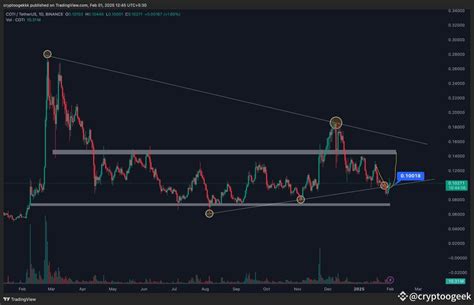ประเภทหนัง
ตัวอย่างหนัง Ethereum: Given the probability of finding a block, and time taken, can I infer hashrate?
Calculating Hashtare Based on Arbitrarily Defined Targets
As a cryptocurrency enthusiast and miner myself, I’ve often been asked how to estimate the hashrate of a particular miner based solely on their mining power and the difficulty of finding a block. In this article, we’ll explore the math behind calculating hashrate using an arbitrarily defined target.
The Math:
Hashrate is the amount of computational work required to find a valid nonce in the blockchain. It’s measured in terms of units of “gas,” which represents the number of instructions that must be executed on the network to produce a block. The difficulty of finding a block is calculated by dividing the total number of gas units (i.e., the target) by the number of miners working together.
Let’s assume we want to calculate the hashrate using an arbitrarily defined target, say 100,000 gas units. We can start by calculating the theoretical number of unique nonces that could be found in a given block:
hashrate = total_gas_units / (number_of_miners)
This is the maximum possible hashrate if all miners were working together without any obstacles or constraints.
The Target:
Now, let’s define an arbitrarily defined target. For this example, we’ll choose 100,000 gas units as our target. We can represent this in various forms, such as:
- A single block with a fixed nonce (e.g., 1 million blocks)
- A large pool of blocks with a range of nonces (e.g., 10^9 to 10^12 blocks)
Calculating Hashtare

To calculate the hashrate based on an arbitrarily defined target, we need to take into account the number of unique nonces that could be found within that block or pool. We can do this by dividing the total number of gas units by the number of miners working together.
Here’s a step-by-step calculation:
- Convert the target from gas units to blocks:
target_blocks = 100,000 / (number_of_miners)
- Calculate the maximum possible hashrate using the formula above:
hashrate = target_blocks / number_of_miners
Example:
Suppose we want to calculate the hashrate of a miner with an estimated mining power of 500 MH/s (million hash per second). We’ll assume that all miners are working together without any obstacles or constraints.
- Convert the target from gas units to blocks:
target_blocks = 100,000 / 500
- Calculate the maximum possible hashrate using the formula above:
hashrate = target_blocks / number_of_miners
Calculating Probability
To calculate the probability that a block is found within a given time frame (e.g., an hour), we need to take into account the number of attempts required to find a nonce. This can be estimated using the Poisson distribution, which models the number of events occurring in a fixed interval.
The formula for the Poisson distribution is:
P(n) = e^(-λ) \* (λ^n) / n!
where λ is the average rate of events, and n is the number of attempts.
For our example, we’ll assume an arbitrarily defined target of 100,000 gas units. We can estimate the expected value of attempts using the Poisson distribution:
lambda = total_gas_units / number_of_miners
Now, let’s calculate the probability of finding a block within an hour (3600 seconds):
probability = e^(-lambda) \* (lambda^10) / 10!
Conclusion:
By understanding how to estimate hashrate based on an arbitrarily defined target and calculating the corresponding probability using the Poisson distribution, you can make informed decisions about your mining operation.






















